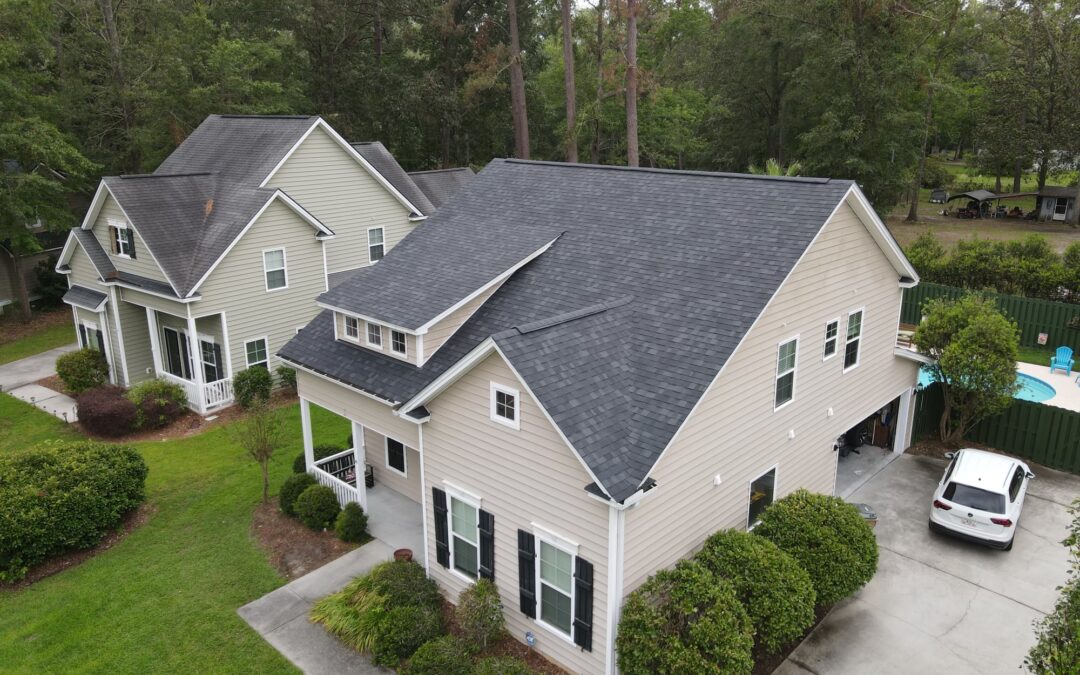Storm Damage and Siding: What Homeowners Should Do After Hail or High Winds
As climate change continues to reshape weather patterns, homeowners are facing more frequent and severe storms than ever before. According to the Intergovernmental Panel on Climate Change (IPCC), there has been a noticeable increase in the intensity and frequency of severe weather events over the past several decades. This shift poses significant challenges for homeowners, from ensuring personal safety to managing the financial ramifications of property damage.
Storms characterized by hail, high winds, and torrential rain can severely damage the exterior of homes, particularly the siding. For example, in the spring of 2020, a violent hailstorm swept through parts of Texas, leaving thousands of homes with shattered windows and pockmarked siding. Such incidents underscore the unpredictable nature of storms and the critical need for informed, proactive measures in storm-prone regions.
Understanding the Impact of Storms
It’s essential to understand the potential scope of damage high winds and hail can inflict. The Insurance Information Institute reports that wind and hail damage accounted for nearly 40% of all homeowners insurance claims in recent years. As these threats become more prevalent, homeowners must familiarize themselves with effective response strategies.
Assessing the Damage
After a storm has passed, assessing the damage is crucial. Begin with a safe and thorough visual inspection of your property. Look for any signs of damage such as misaligned or missing siding panels, and be mindful of subtle issues such as damp spots or unusual smells that might indicate deeper problems.
Types of Professional Inspections
Engaging professional inspectors can significantly enhance damage assessments. Certified inspectors offer specialized knowledge and use advanced tools, like moisture meters and thermal imaging cameras, to detect hidden problems. Enlisting their service early can save homeowners from future costly repairs.
Real-Life Example: The Midwest Surprise
In 2019, a midwestern homeowner returned from vacation to find that a storm had shifted her siding and broken seals around windows. A professional inspection revealed hidden water damage that could have led to mold issues if not promptly addressed. This case highlights how professional insight can uncover additional concerns not visible to the untrained eye.
Documenting Damage for Insurance Claims
Proper documentation of damage is key to securing a successful insurance claim. It’s essential to methodically photograph all aspects of the damage, not just from the exterior but also interior areas that may be affected, such as the attic or basement. Complement images with a written log of damages, including timestamps and descriptions.
Leveraging Expert Testimony for Claims
Obtaining a detailed report from a qualified inspector can support your claim by providing unbiased, professional assessments of the damage. The credibility of expert testimony often accelerates resolution and reimbursement processes.
Choosing a Trustworthy Contractor
Finding the right contractor is pivotal. Prioritize contractors who specialize in storm damage and have a proven track record. Ensure they are both licensed and insured to avoid potential liability issues. Platforms such as Angie’s List or BBB can offer genuine reviews, aiding in a reliable selection.
Preventative Measures for Future Storms
Post-repair, focus on reinforcing your home to mitigate future storm damage. Explore robust siding options like fiber cement or engineered wood, known for their durability and resistance to severe weather conditions. Additionally, consider applying weather-resistant coatings to enhance longevity and resilience.
The Role of Technology in Storm Preparation
Emerging smart home technologies are becoming indispensable in storm preparation. Systems that actively monitor weather conditions and provide real-time alerts can inform homeowners of potential threats, offering crucial time to secure property and ensure safety.
Forecasting the Future of Storm-Proofing
Looking ahead, the evolution of storm-proofing homes will integrate more advanced materials and innovative design strategies. For instance, impact-resistant innovations, such as fortified roofing materials and high-impact resistance windows, resemble automotive advancements in safety and efficiency.
Additionally, experts anticipate a significant role for AI and data analytics in weather prediction, allowing homes to automatically adjust features such as shutters or routing power through smart grids to minimize storm impact.
Conclusion
In the face of escalating storm threats, staying informed and prepared does not only mitigate damage but safeguards the cornerstone of security—your home. By implementing timely assessments, choosing the right help, and investing in preventative technology, homeowners can better brave the storms ahead. For ongoing support and further guidance, resources like the National Storm Damage Center (NSDC) or local authorities remain invaluable.

